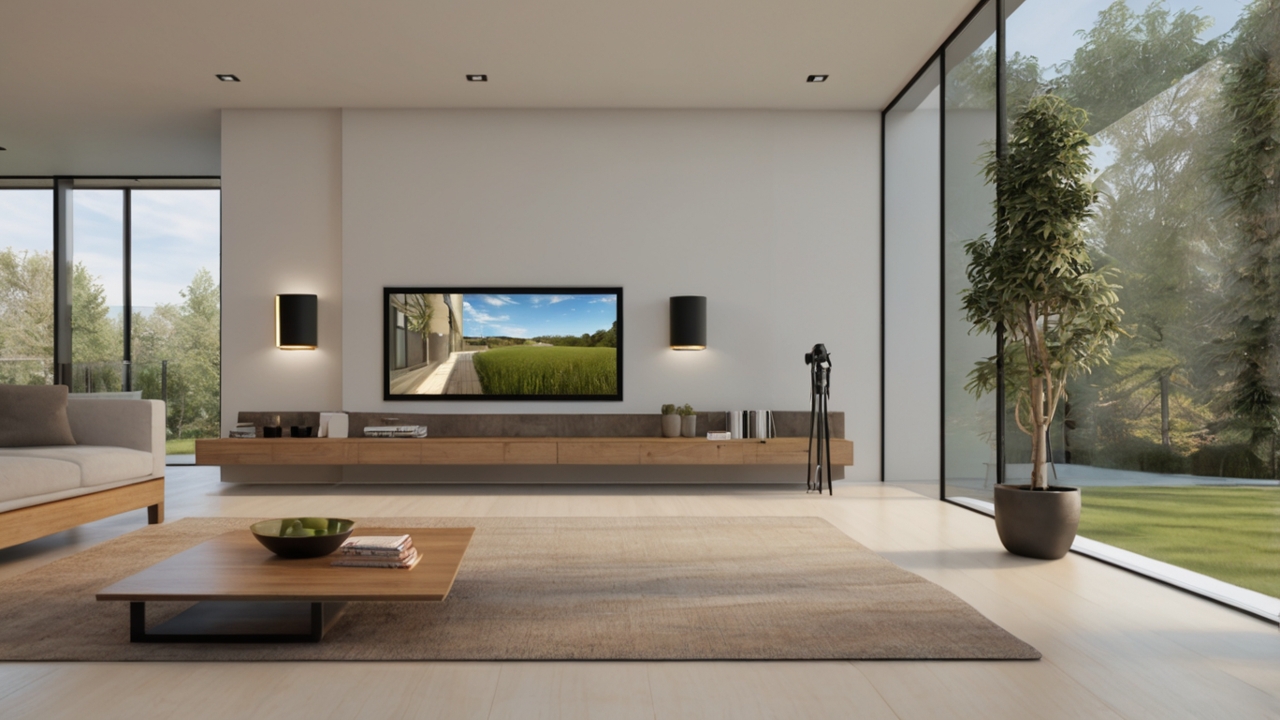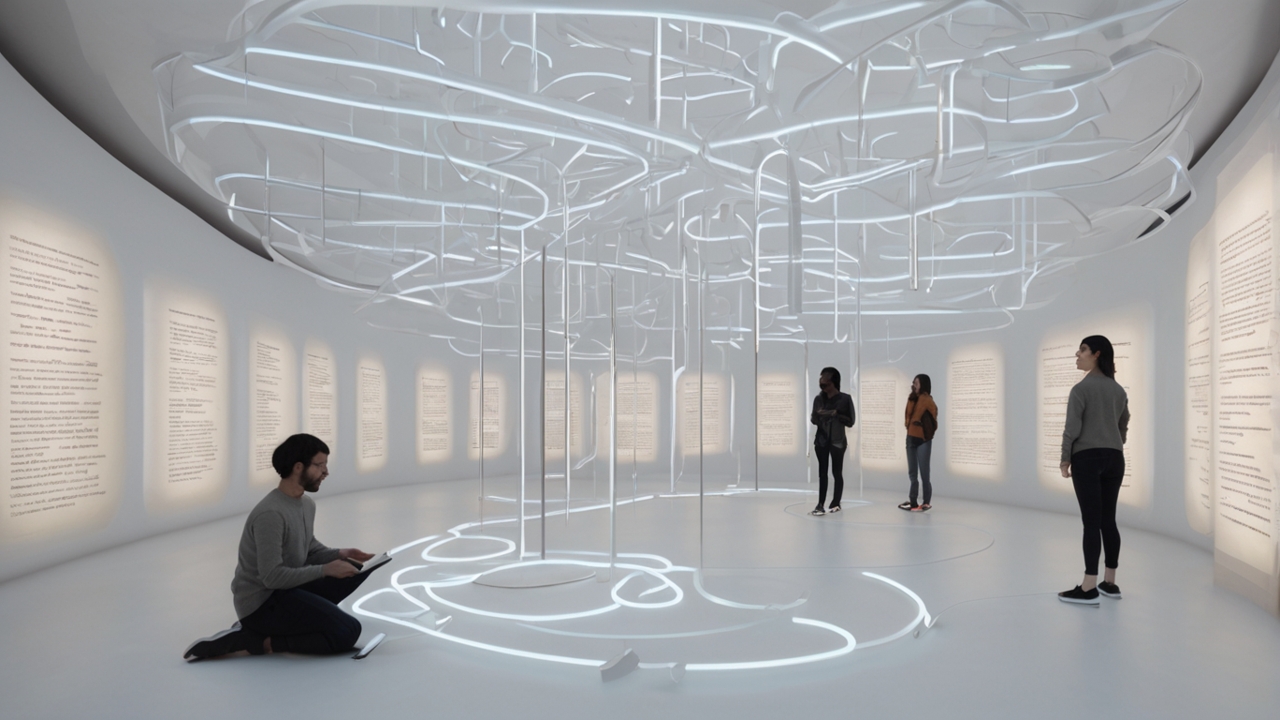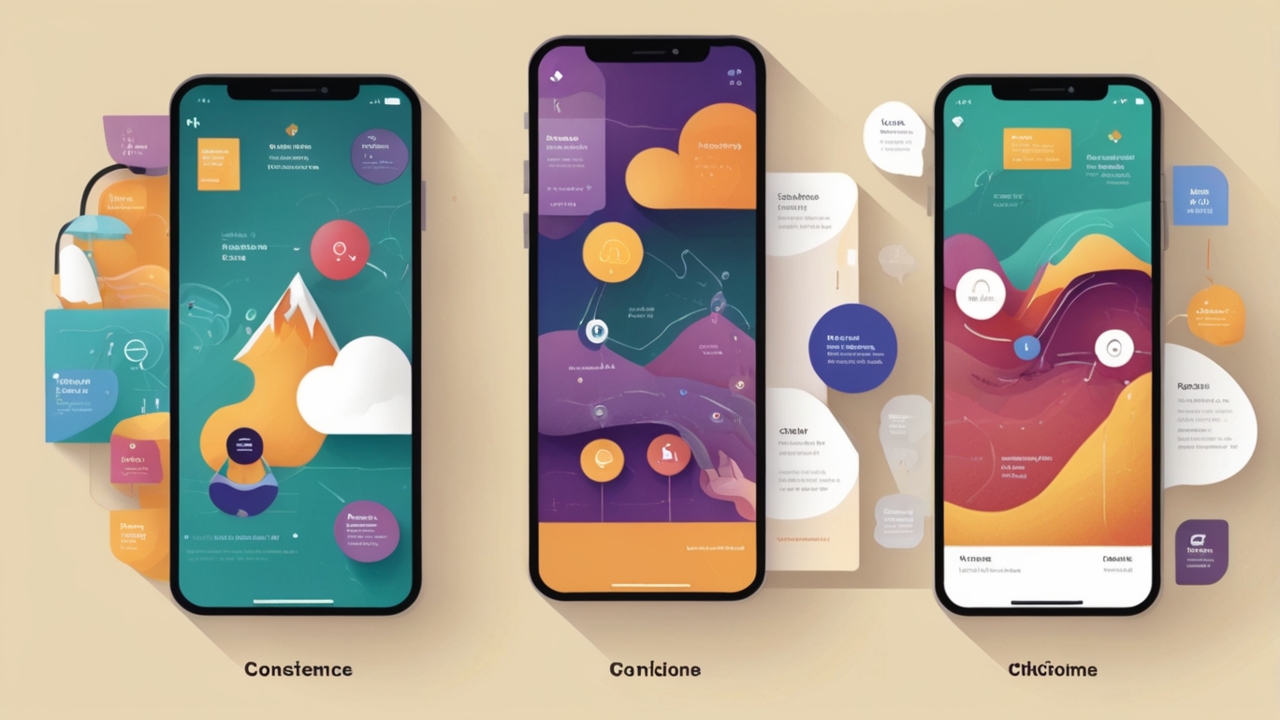Mayumiotero – Depth-sensing cameras are transforming modern homes. These systems see the world in three dimensions, not just in flat images like traditional cameras. As a result, they understand space, distance, and movement more naturally. This makes home automation smarter, more responsive, and far more intuitive. From my perspective, this technology marks a major leap forward one that brings everyday living closer to real intelligence rather than simple automation.
“Read also: Cursor 2.0: Redefining AI-Powered Software Development with Speed, Intelligence, and Multi-Agent Collaboration“
How Depth-Sensing Technology Works
At its core, depth-sensing uses multiple techniques like infrared light projection, stereo imaging, and time-of-flight (ToF) sensors to measure the distance between objects and the camera. While a traditional camera captures color and shape, a depth camera forms a precise 3D map of a room in real time. This allows systems to interpret movement and space with remarkable accuracy. For instance, instead of merely detecting motion, depth-sensing can tell who moved, how, and where. To illustrate, imagine a home assistant that doesn’t just switch on the lights when you walk in, but also adjusts them based on your height, posture, or even the direction you’re moving. That level of intelligence dramatically changes how automated environments respond.
Bringing Safety and Security to the Next Level
One of the strongest applications for depth-sensing is enhanced security. Rather than relying solely on 2D footage, depth-sensing systems can distinguish between humans, pets, and objects reducing false alerts caused by shadows, movement outside a window, or a falling item. Additionally, because depth data focuses on shape and distance, it provides privacy-friendly surveillance options, capturing forms without exposing identity details. For families with children or elderly members, this capability becomes even more valuable. A system can detect falls, unusual movement patterns, or potential hazards instantly. Personally, I see this as a compelling balance between advanced functionality and ethical home security protection without intrusion.
Depth-Sensing for Smarter Energy Management
Beyond security, depth-sensing cameras open doors to energy-efficient automation. They can identify not only movement, but occupancy and behavior patterns. Lights might adjust depending on how many people are in a room; climate systems could automatically prioritize areas where residents are spending the most time. Compared to timer-based or motion-triggered systems, this is like moving from guesswork to intelligent prediction. Speaking from a sustainability perspective, this technology isn’t just about luxury it supports responsible energy use. And in an era where utility costs and environmental concerns continue to rise, smarter automation becomes both a personal and global benefit.
Revolutionizing Comfort and Personalization
Another exciting aspect is personalized convenience. Depth-sensing enables homes to adapt to individuals recognizing gestures, body orientation, or activity patterns. Imagine pausing a movie by raising your hand, adjusting blinds by simply approaching the window, or having your ideal lighting and temperature activate as soon as you enter the room. It feels futuristic, but many of these functions are already emerging in premium home systems. As someone fascinated with user-experience design, I find this shift refreshing because technology becomes invisible blending into life instead of demanding attention. When tech feels natural, that’s when it truly enhances living.
“Read also: OpenAI Empowers Developers with Customizable AI Safety Through New ‘Safeguard’ Models“
Supporting Elderly and Healthcare Applications
Depth-sensing also plays a pivotal role in assisted living. It can detect medical emergencies like falls, monitor movement without invasive wearables, and even analyze gait to predict mobility issues before they become critical. Unlike traditional monitoring systems, depth-sensing respects dignity and privacy while still offering life-saving awareness. For caregivers and families, this assurance brings peace of mind. In my view, this might be one of the most meaningful uses of the technology empowering independent living while quietly safeguarding those who need support.
Privacy and Ethical Considerations
Even with its benefits, depth-sensing must be adopted responsibly. Transparency and secure data handling are essential. Since depth data can be anonymized without capturing detailed facial features, it can be less intrusive than conventional video monitoring. Nonetheless, clear opt-in settings, encrypted storage, and user control remain vital pillars. From an ethical standpoint, the industry has a responsibility to prioritize users’ rights as automation advances. Technology should serve people not the other way around. When trust is built through responsible design, adoption grows naturally.
The Future of Depth-Sensing in Everyday Life
Depth-sensing cameras mark an evolution in home automation from reactive to truly intelligent systems. They bring safer living, greater efficiency, personalized comfort, and ethical monitoring qualities that align with the next generation of smart homes. We are moving from devices that follow instructions to environments that understand and assist us intuitively. As this technology matures, I believe depth-sensing will become a standard in modern households, much like Wi-Fi and smart assistants are today. It’s an exciting future one where homes don’t just exist around us, but actively support our daily lives.



